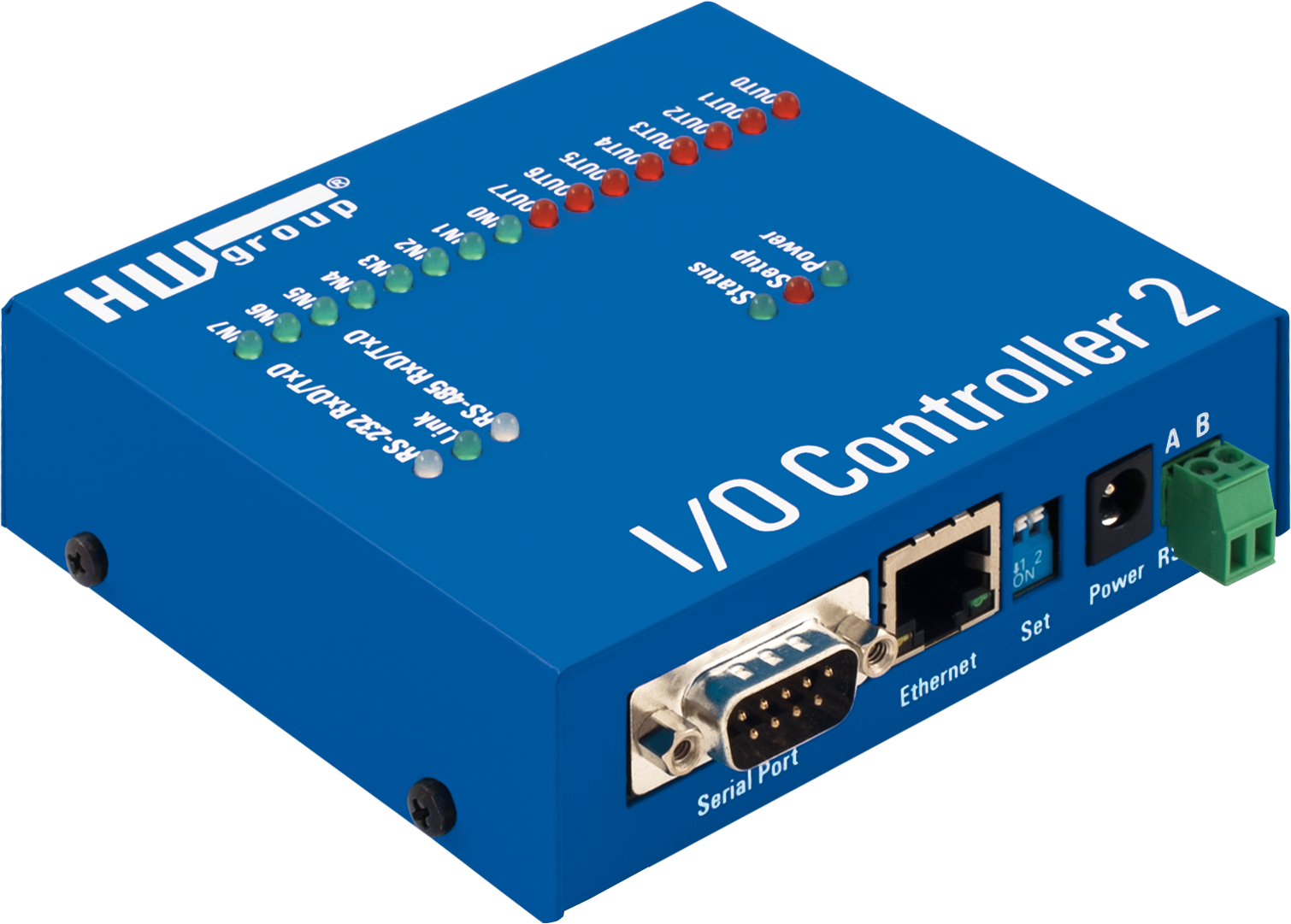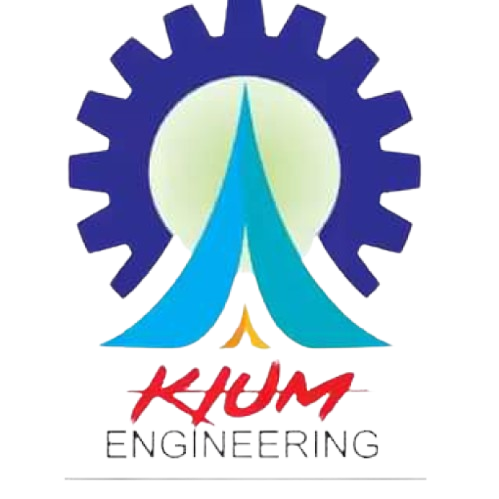
Introduction:
In the intricate web of automation and control systems, Input/Output (I/O) controllers stand as the unsung heroes, acting as the vital link between the digital realm and the physical world. This blog aims to shed light on the significance of I/O controllers, exploring their functions, types, and pivotal role in modern automation.
Section 1: Unveiling the I/O Controller
Begin by defining what an I/O controller is and its fundamental purpose. Explain that it serves as the intermediary between the computerized control system and the external devices or processes it oversees. Illustrate how I/O controllers handle both input signals (data from the physical world) and output signals (commands to the physical world).
Section 2: Functions and Features
Dive into the core functions and features of I/O controllers. Discuss their role in signal conditioning, data conversion, and the execution of control algorithms. Emphasize the adaptability and flexibility of I/O controllers, showcasing their ability to interface with a variety of sensors, actuators, and other devices.
Section 3: Types of I/O Controllers
Explore the different types of I/O controllers available in the market. Discuss the distinctions between digital and analog I/O controllers, as well as their specific applications. Touch upon specialized controllers designed for particular industries, such as process automation, manufacturing, and robotics.
Section 4: Communication Protocols
Examine the communication protocols used by I/O controllers. Discuss common standards like Modbus, Profibus, and EtherCAT. Explain how the choice of communication protocol can impact the overall performance and integration capabilities of an automation system.
Section 5: Integration with PLCs and DCS
Highlight the seamless integration of I/O controllers with Programmable Logic Controllers (PLCs) and Distributed Control Systems (DCS). Explain how these systems work in tandem to create comprehensive automation solutions. Provide examples of real-world applications where I/O controllers play a central role in achieving synchronized control.
Section 6: Advancements in I/O Controller Technology
Explore the latest advancements in I/O controller technology. Discuss trends such as edge computing, wireless connectivity, and enhanced cybersecurity features. Illustrate how these innovations are shaping the landscape of industrial automation.
Conclusion:
Conclude the blog by reiterating the critical role that I/O controllers play in bridging the gap between digital control systems and the physical world. Emphasize their adaptability, reliability, and continuous evolution in response to the dynamic demands of modern automation. Encourage readers to stay informed about the latest developments in I/O controller technology to harness the full potential of their automation systems.
